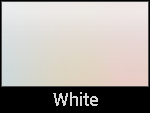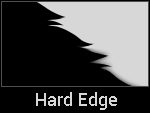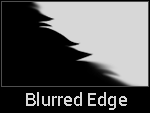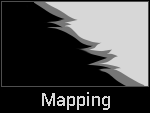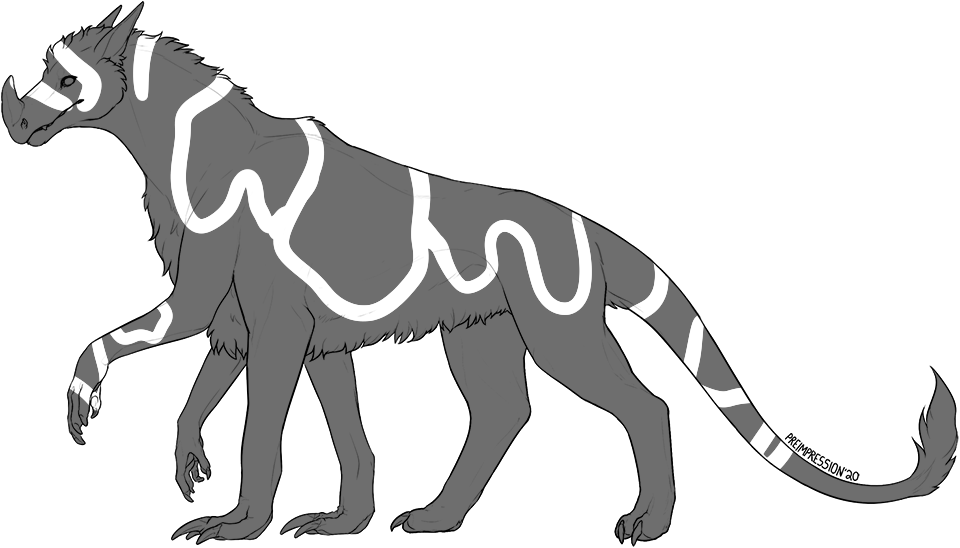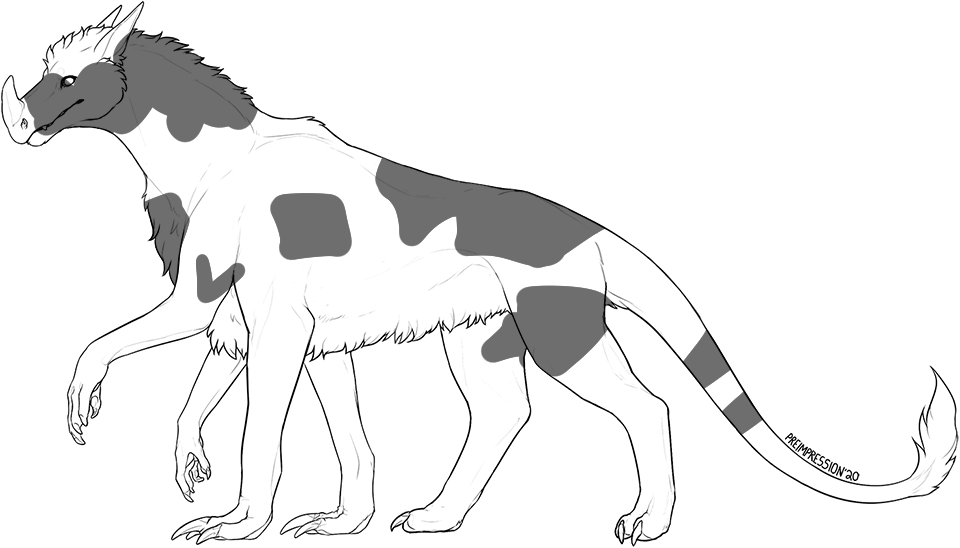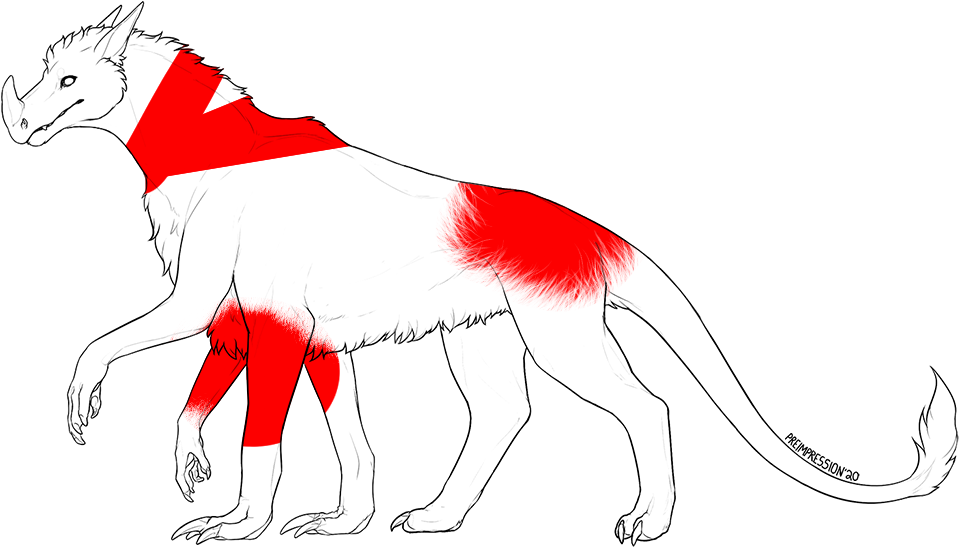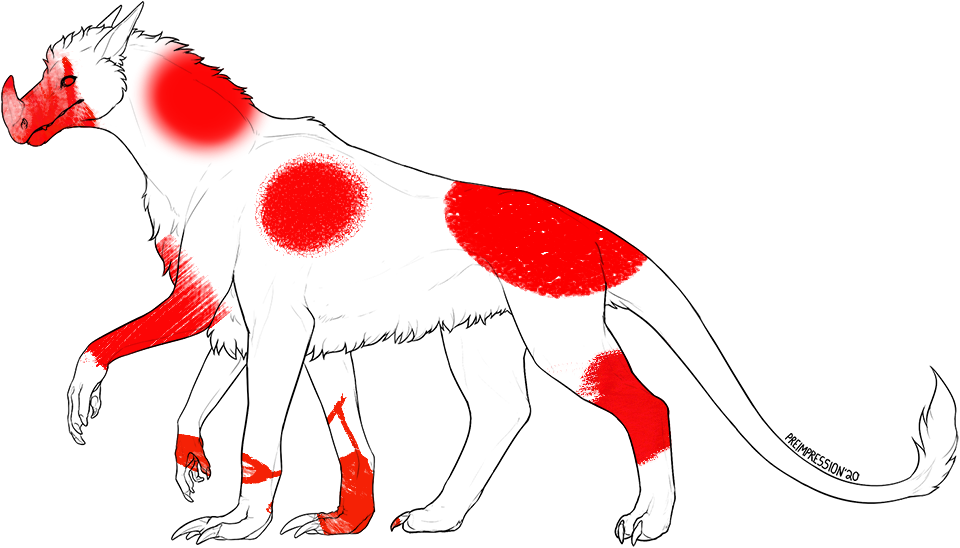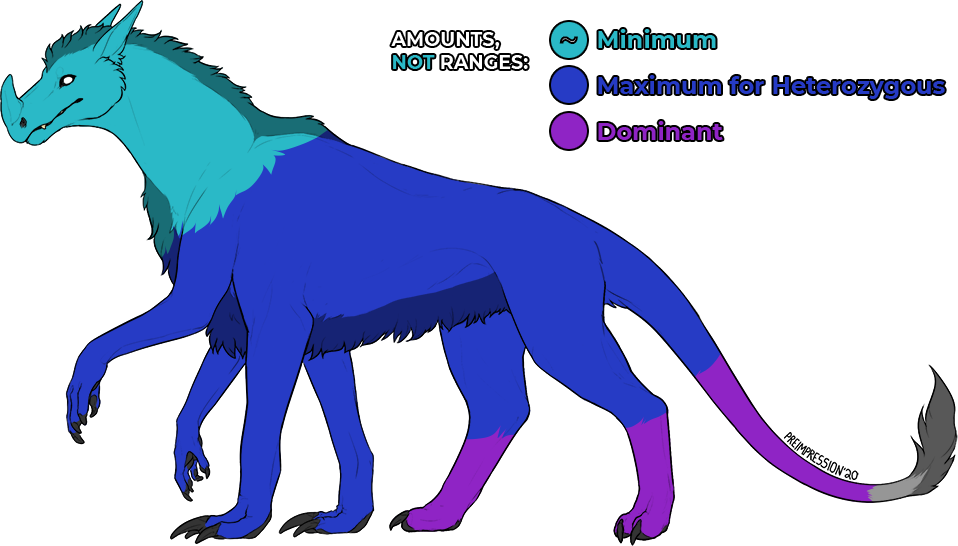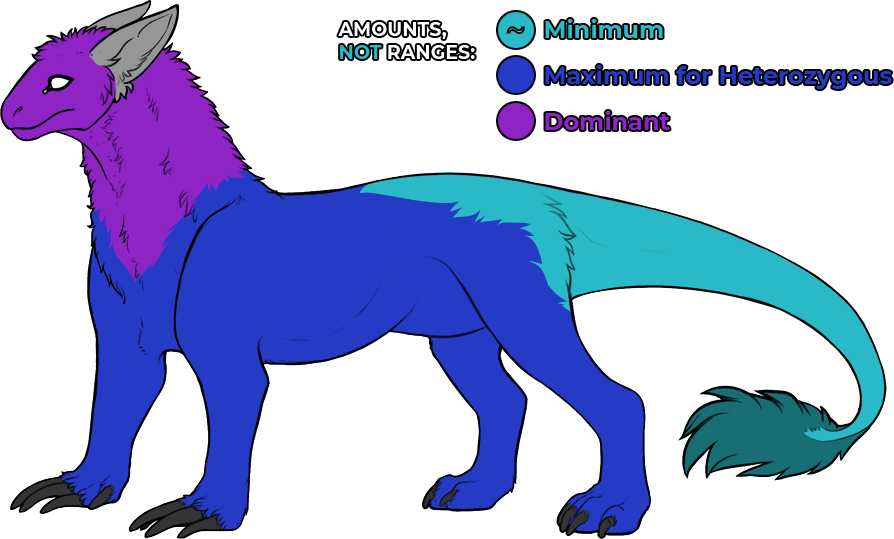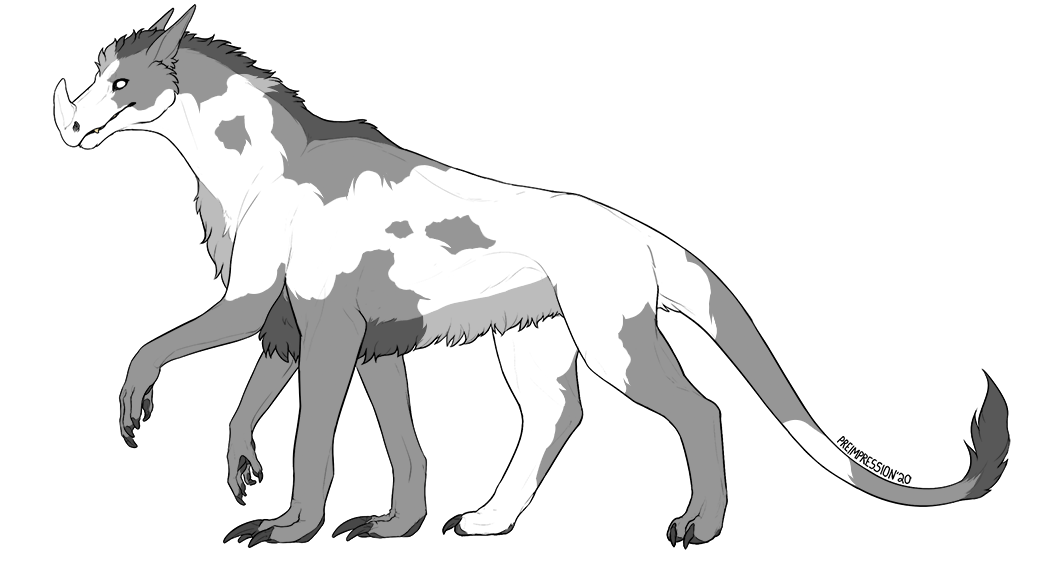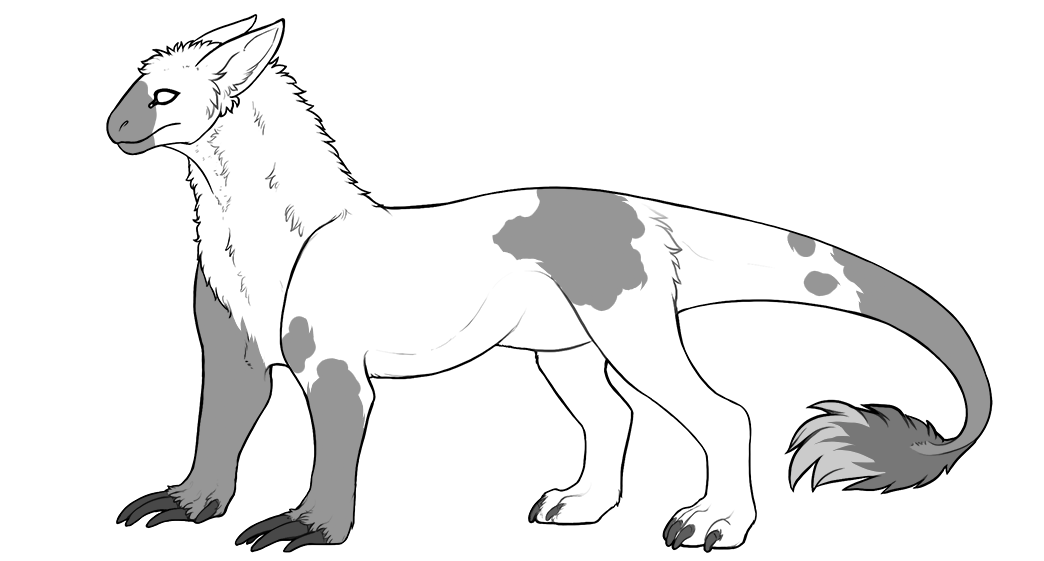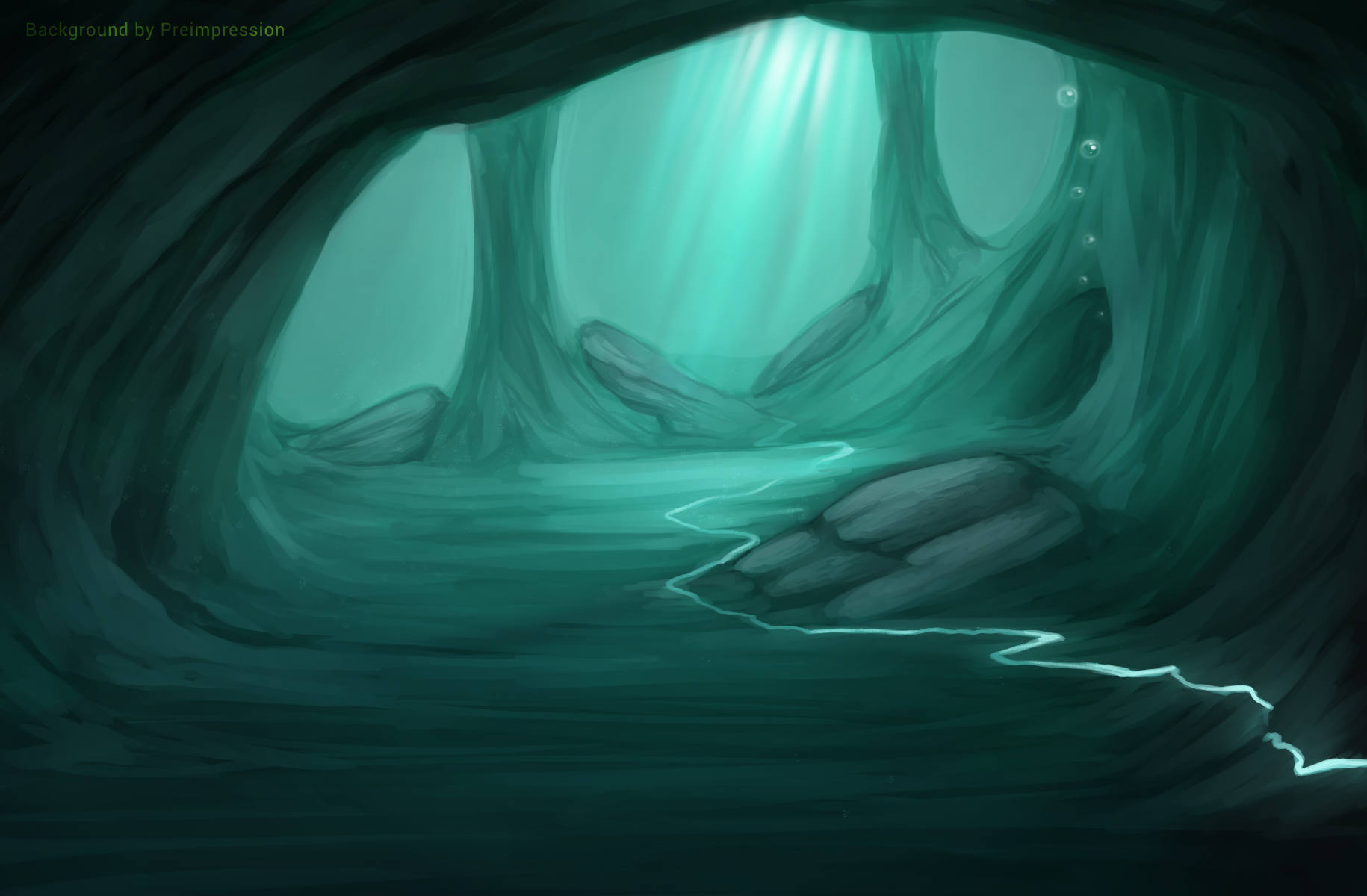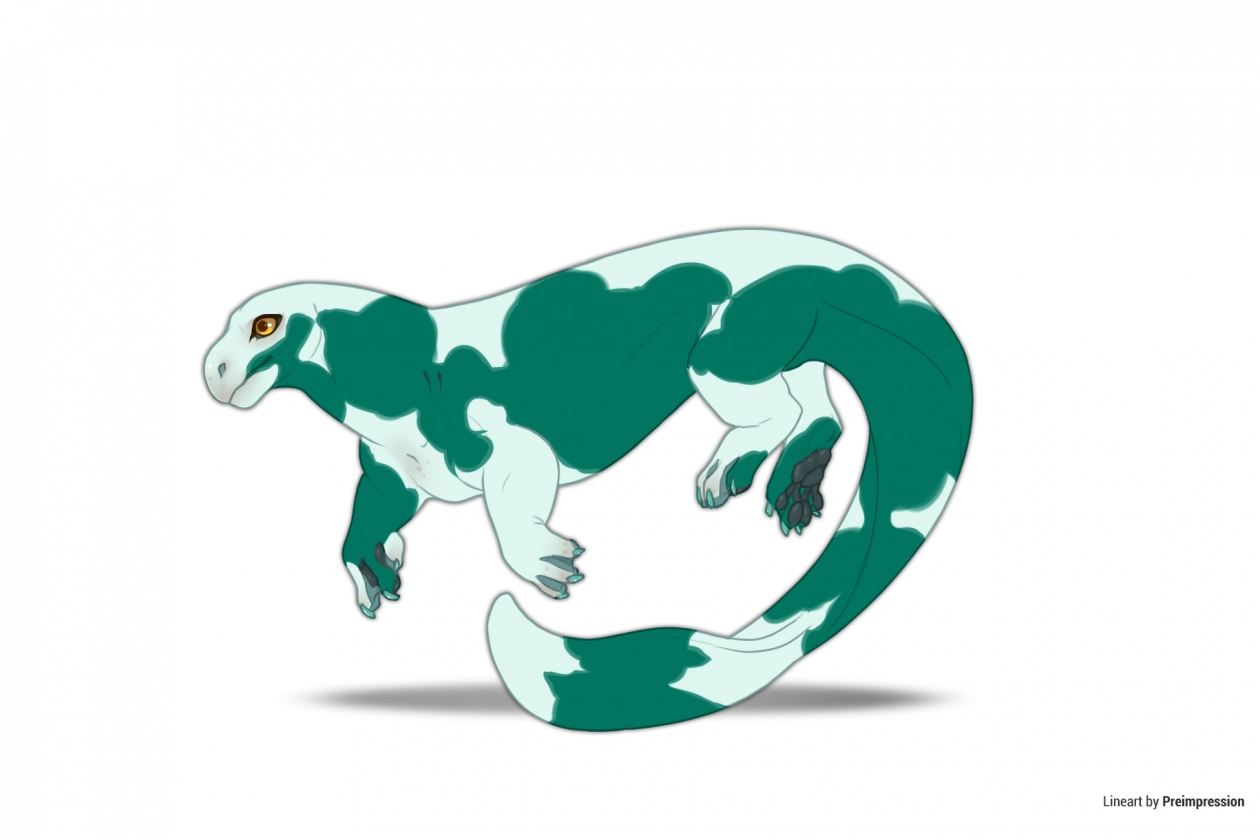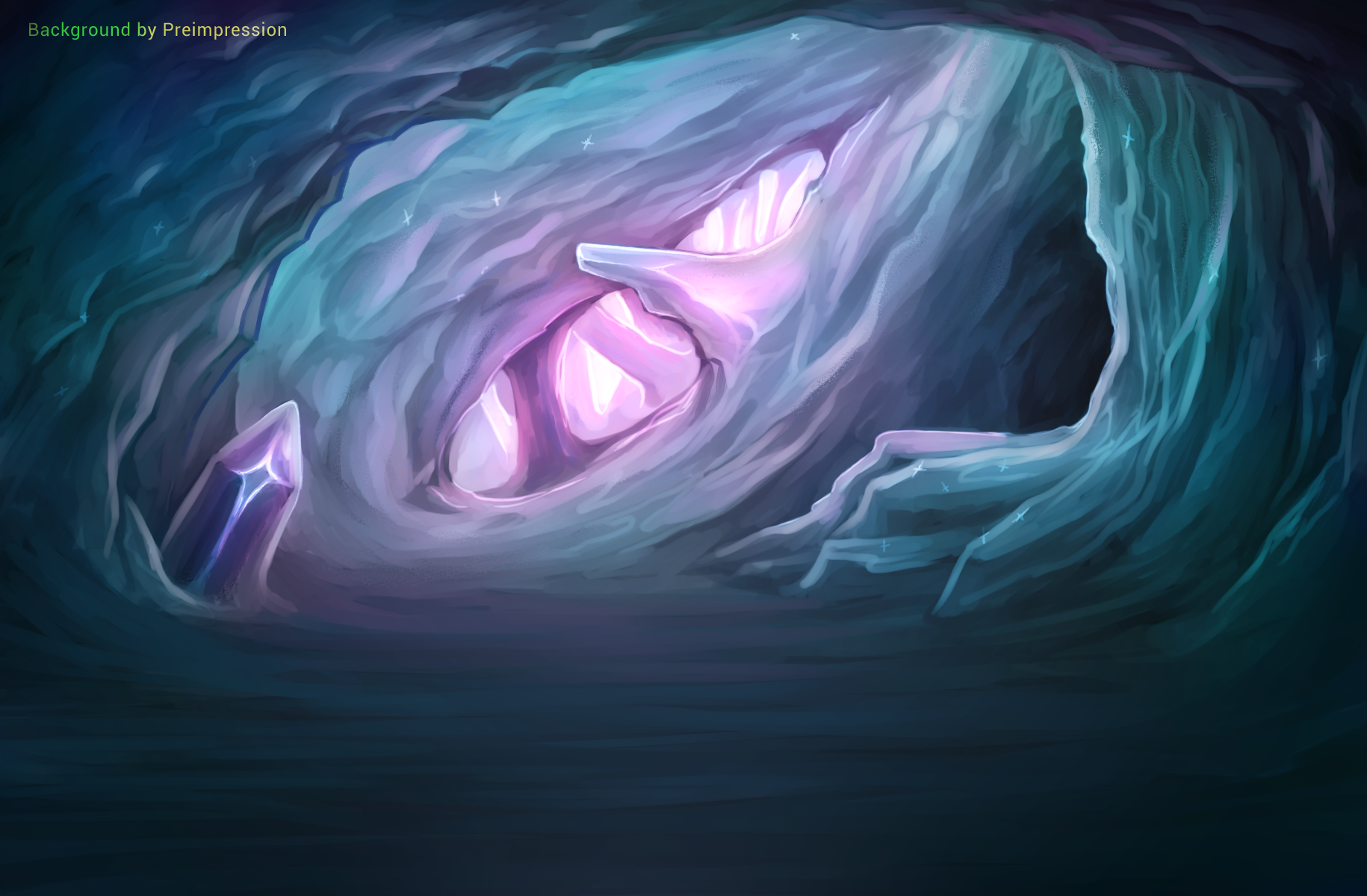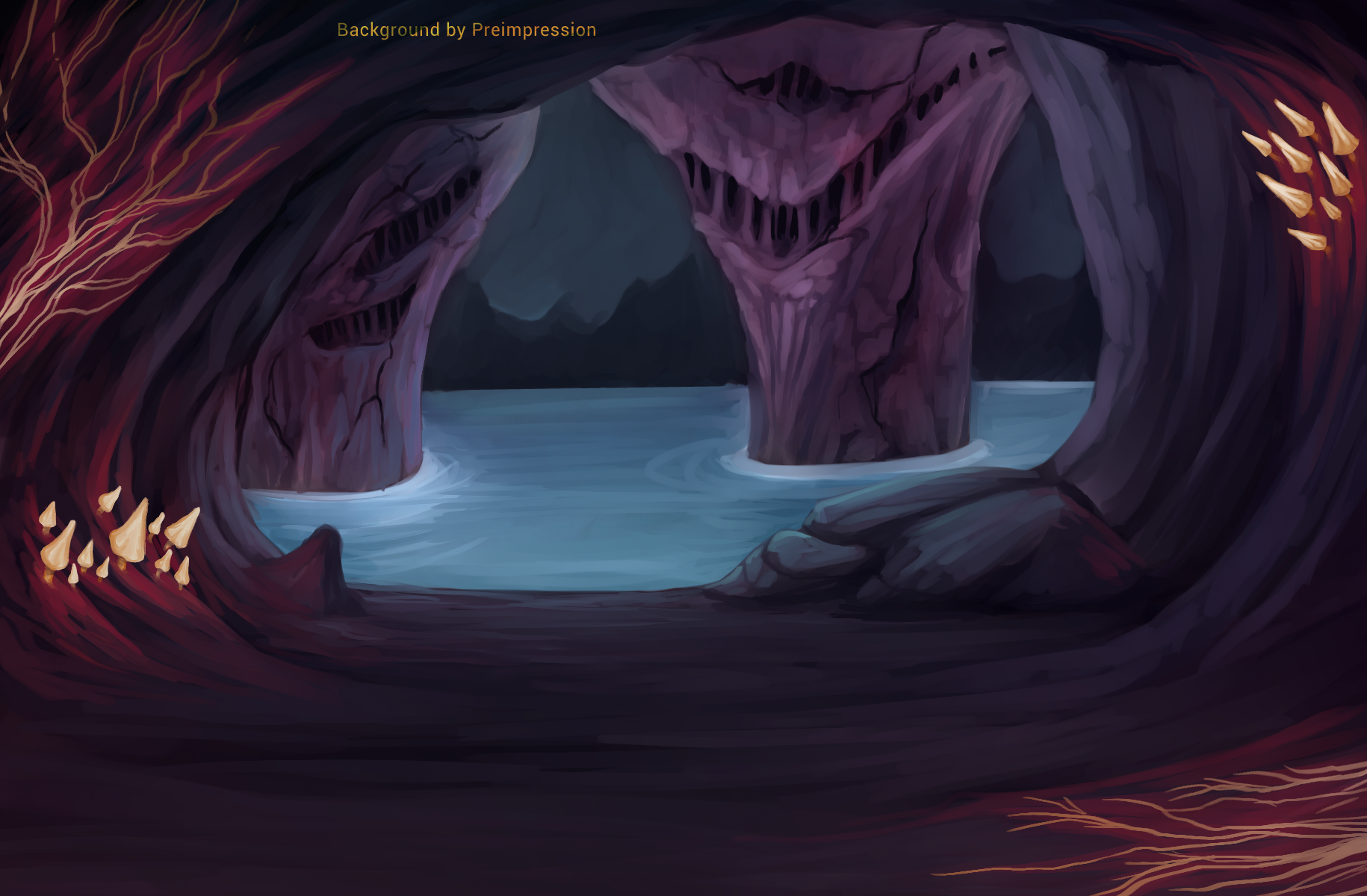The appaloosa gene is very similar to the piebald gene one might be familiar with. It is a white-only gene, meaning it should be either from or near the white colour range. You do not have to colour-pick directly from the range, but if there is too strong of a coloured tint we may request you tone it down. That being said, that coloured tint should only be cream, not pink or blue.
Appaloosa should not heavily resemble Underbelly or any of the other Appaloosa variants, which are detailed below. There should be few small spots - focus on the larger holes. Think of appaloosa as not erasing the markings but instead a white overlay across the body with large holes dug out of it, showing the markings beneath.
When in its heterozygous form (Ap ap), it should cover no less than about a third of the body and no more than about three quarters of the body. When in its dominant form (Ap Ap) it can cover a significant portion more, up to about 90% of the body. The range below shows examples of how much white should show, not the restricted ranges you might expect from other genes.
Avoid: Unnatural Shapes
Appaloosa and its variants should be organic and natural in shape. They should not create unnatural shapes or be placed/styled in a way that makes it appear to be under markings that it should be over.
In this example, the appaloosa appears to be bordering directly around another marking, potentially viper. The shape does not appear to be white with cutouts, but instead white looping lines drawn over the body, almost like goopy paint dripping down the colonist's sides. Some of these lines also end bluntly or streak across the limbs in awkward ways.
Avoid: Awkward edges
When placed over furred areas, the appaloosa should appear subtly affected by fur texture. The key is subtly! Do not draw every hair; less is more in these cases.
It should also follow the curve of the body. Straight lines don't look natural!

